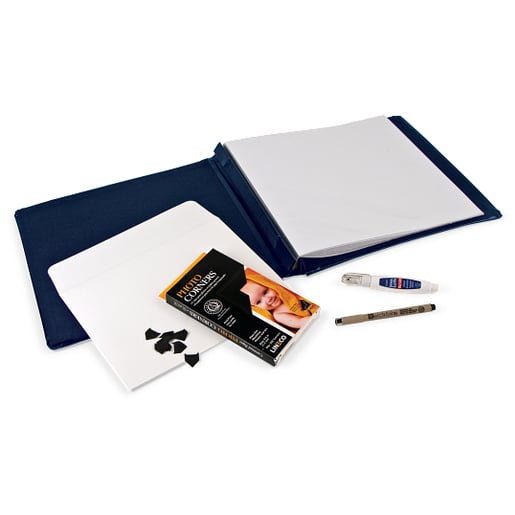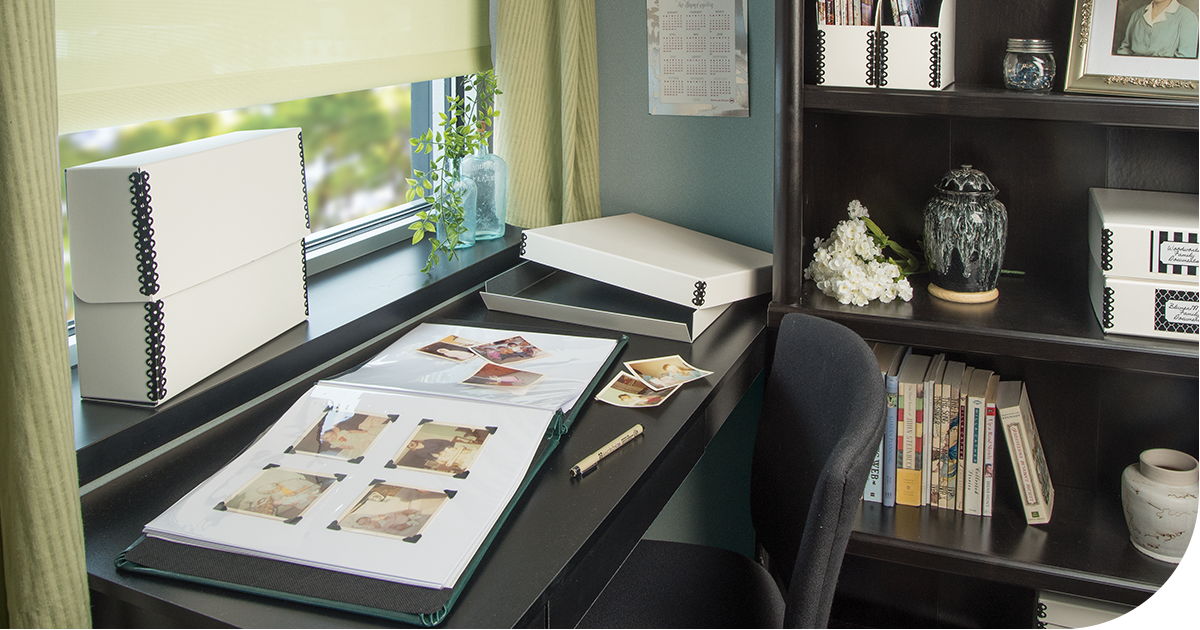Creating a scrapbook is an excellent way to share special photos and include handwritten notes and stories. A scrapbook allows you flexibility when it comes to organizing and sharing your memories.
7 Rules for Creating a Scrapbook
- Start with a good archival foundation. Choose an archival-quality album with acid- and lignin-free mounting pages with chemically stable plastic page protectors.
- Don't use rubber cement, pressure-sensitive tapes such as masking or cellophane tape, staples or hot glue adhesives to attach anything to the mounting page. These things will cause irreparable damage to your items. Ever seen brown, crumbly cellophane tape that has lost its adhesive and has yellowed everything around it? You don't want that.
- Don't apply adhesives directly to any original or important documents, photos, memorabilia or works of art. If you are using copies, use a stable acid-free acrylic adhesive.
- Use photo corners to hold items to the mounting page. Paper photo corners should be acid- and lignin-free and use an acid-free adhesive. Clear polypropylene photo corners are available if you want a cleaner look.
- If an item is 8 x 10" or larger, upgrade to a larger photo corner. A larger photo corner will provide more support for the item.
- Put mounting pages into clear archival-quality page protectors to prevent acid migration.
- Store your scrapbook flat inside an appropriately sized box.
The easiest way to create a scrapbook without causing any damage is to use digital copies of items instead of the originals. Store the originals in a safe space. This method is also useful for displaying a cherished photo, document, or newspaper without causing or accelerating deterioration.

Gaylord Archival® Post-Bound Scrapbook Kit
This Gaylord Archival® Post-Bound Scrapbook Kit includes all of the foundational elements needed for creating an archival-quality scrapbook. The bonded leather scrapbook comes with ten 12 x 12" pages and protectors that have passed the P.A.T.

